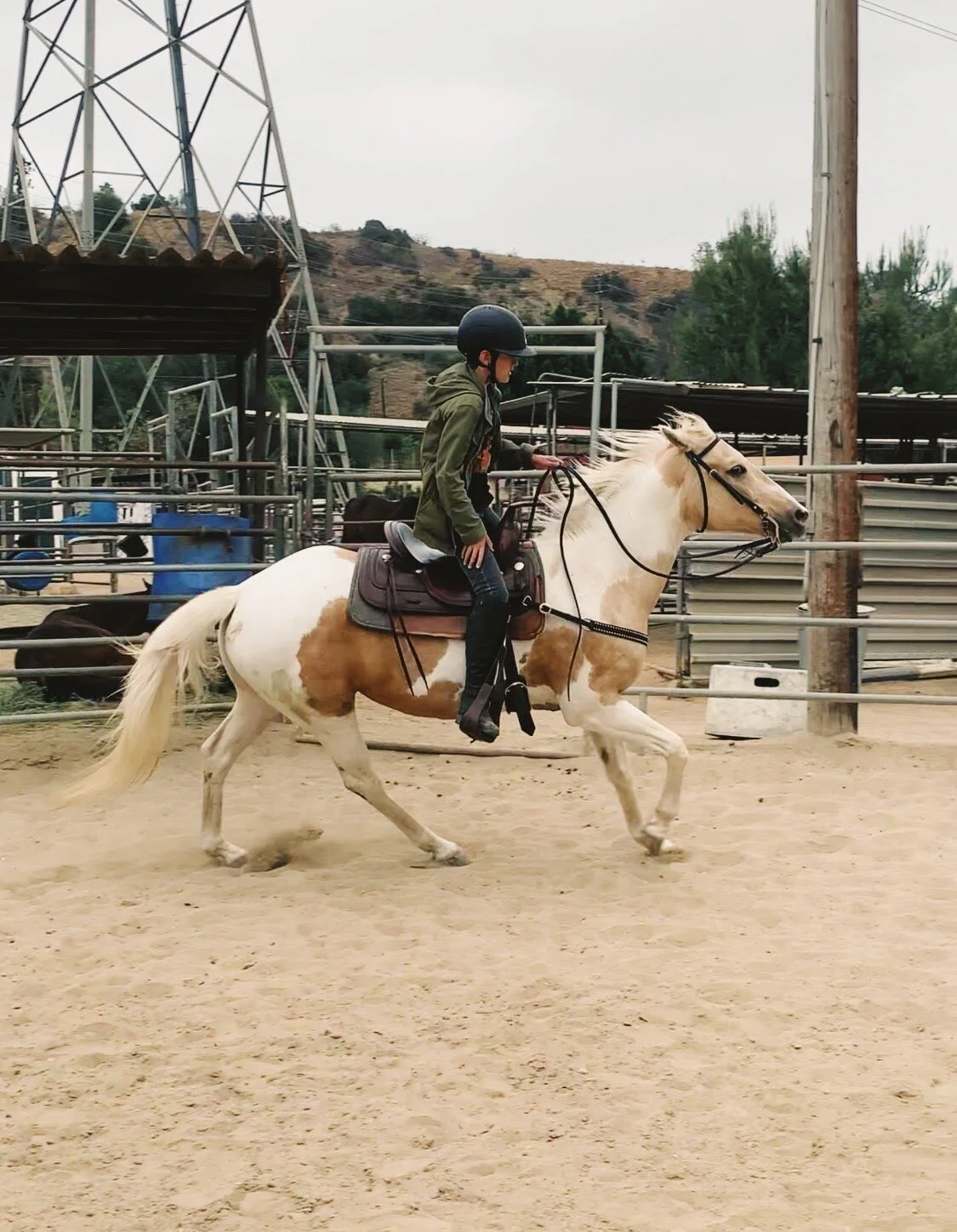Allowing Your Children to Write Their Own Stories: Steiner and Awakening
Though our days are very slowly getting shorter, changes in the light do not escape me.
My thoughts attune with the familiar rhythms of Fall. What will my child accomplish this year? What will capture his imagination? With what will he struggle?
As I prepare myself to teach 7th grade, I find myself thinking back to the end of 4th.
It was a significant time for us; a major milestone was reached. I no longer had to encourage my son to translate what he was thinking into writing. Prior to that, he was writing thank you cards and other short assignments that were not difficult to complete. But I would not say that he enjoyed longer, more complex work. And what a child does not enjoy, he or she generally does not take initiative to pursue, let alone practice or excel in.
I (over)thought this a lot, and after one episode in 3rd grade that involved me “encouraging” him to color code a writing assignment (grammar practice) while he sat at our dining room table in distress, I made one of the best decisions of our home schooling life: I was not going to make him write anything complex or demanding until he showed a real interest in doing so himself.
“At all levels of linguistic experience, from the formation of the sounds, the letters of the alphabet, the rhythm of sentence structure, we find the metamorphosis of movement and gesture into structured form. – The Tasks and Content of the Steiner-Waldorf Curriculum, Avison and Rawson, Editors”
Student work from a language studies class.
While desk work was not highly successful by conventional standards, he was playing piano, reading music, and writing simple etudes for his instrument -- all of which took a considerable amount of commitment and practice. It wasn’t Language Arts, but it was undeniably reading and writing. He was also studying Japanese and loved to make his own practice books of writing (bonus – it was a lot like Form Drawing!). I had to acknowledge that this also registered as language arts-related.
We still worked on short passages together in English -- copy work, letters to friends and family, and other things that would probably be considered below his grade level. Despite the voices in my head telling me (shouting, actually) that I was making a huge mistake by not forcing the issue, I made a decision to let it all go. Instead I focused on our daily lessons without becoming overly dependent on one particular measure of retention or success.
“ Rudolf Steiner had tremendous confidence in the natural processes of development and reminded us that “That which is asleep will awaken.” That doesn’t mean we do nothing; rather, it means that the things we do need to be consonant with the child’s own developmental stages as they unfold. – Rahima Baldwin Dancy, You Are Your Child’s First Teacher.”
Then something happened.
During the last week of 4th grade, as a supplement to his Man and Animal block that had been completed earlier in the year, we studied a book from the Los Angeles Natural History Museum. He was deeply moved by the section on animal extinction and protections, as we had gone to a wolf sanctuary earlier in the year.
He read. And then he started to write. And write. And write. He didn’t stop until he had filled a piece of 8 ½ x 11 paper with line after line of cursive writing.
I knew it. I knew that if I was patient, consistent, and did not cause him undue stress, he would find his voice. Above all else, curiosity drives industry -- from the school room to the board room. Waldorf Education promotes curiosity and Waldorf homeschooling allows a child to truly be seen and develop at his or her own pace, the results of which can be astonishing.
Let's keep an open mind, trust our children, and allow them to write their story at their own pace!
About the Author
Cristina Havel lives in Southern California where she and her husband have worked together for nearly 2 decades. They homeschool their son using the Waldorf pedagogy as a guide and believe in the transformative powers of art and nature.












